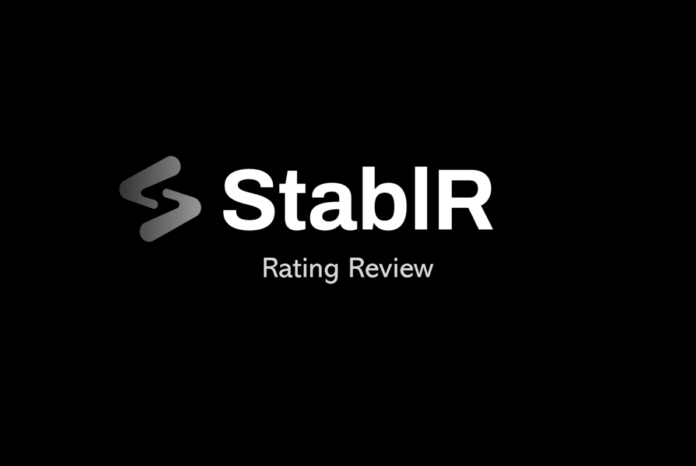The stablecoin sector, long marketed as the bridge between traditional finance and crypto innovation, is under renewed scrutiny — and this time, it’s the MFSA-regulated issuer StablR that’s raising eyebrows. What appears on paper as a structured, EU-compliant business is, upon deeper inspection, entangled in a complex web of shell entities, offshore strategies, and questionable governance transparency.
🧩 The Front-Facing Structure
StablR promotes itself as a Euro-backed stablecoin issuer, regulated by Malta’s Financial Services Authority (MFSA). Its legitimacy is built upon three pillars:
- Regulation under a European financial jurisdiction
- A fiat-backed reserve structure
- A narrative of transparency and compliance
But the deeper one looks into the company’s operational and ownership structure, the less clear things become.
🔍 The Dutch Connection
At the core of the confusion is Stablrs Holding B.V., a Dutch entity believed to control StablR through a chain of shareholder proxies and cross-holdings. Public records show that this holding entity was registered only recently and may be part of a shell framework that obscures who actually benefits financially from StablR’s operations.
While Dutch incorporation adds perceived legitimacy, the structure seems designed more for liability insulation than governance accountability.
🌍 Offshore Shadows and Nominee Directors
Several individuals tied to StablR have appeared in other offshore jurisdictions under different fintech ventures — some of which were later connected to regulatory investigations or insolvencies. The recurring appearance of nominee directors and anonymous shareholders raises questions:
- Who is ultimately responsible for decision-making?
- How is reserve backing independently verified?
- Is the MFSA capable of real-time oversight?
🚨 Regulatory Complacency?
Malta has spent the last few years rehabilitating its reputation after being criticized for lax crypto regulation. The fact that a company like StablR, with unclear ownership and operational red flags, was able to obtain and maintain MFSA approval could undermine those efforts.
It also calls into question whether European regulatory passporting under MiCA will prevent — or enable — jurisdiction shopping by more sophisticated entities.
🧠 Final Take: Why This Matters
Stablecoins are meant to be the “safe” layer of the crypto economy. If they’re issued by entities with opaque ownership, inconsistent oversight, and financial engineering in the background, the entire promise of trust collapses.
Investors, regulators, and institutional partners should ask tough questions before onboarding such assets — especially when the front-facing brand hides a complicated offshore architecture behind it.
Transparency isn’t a trend in stablecoins — it’s the product. And in the case of StablR, it’s unclear who’s actually selling it.



